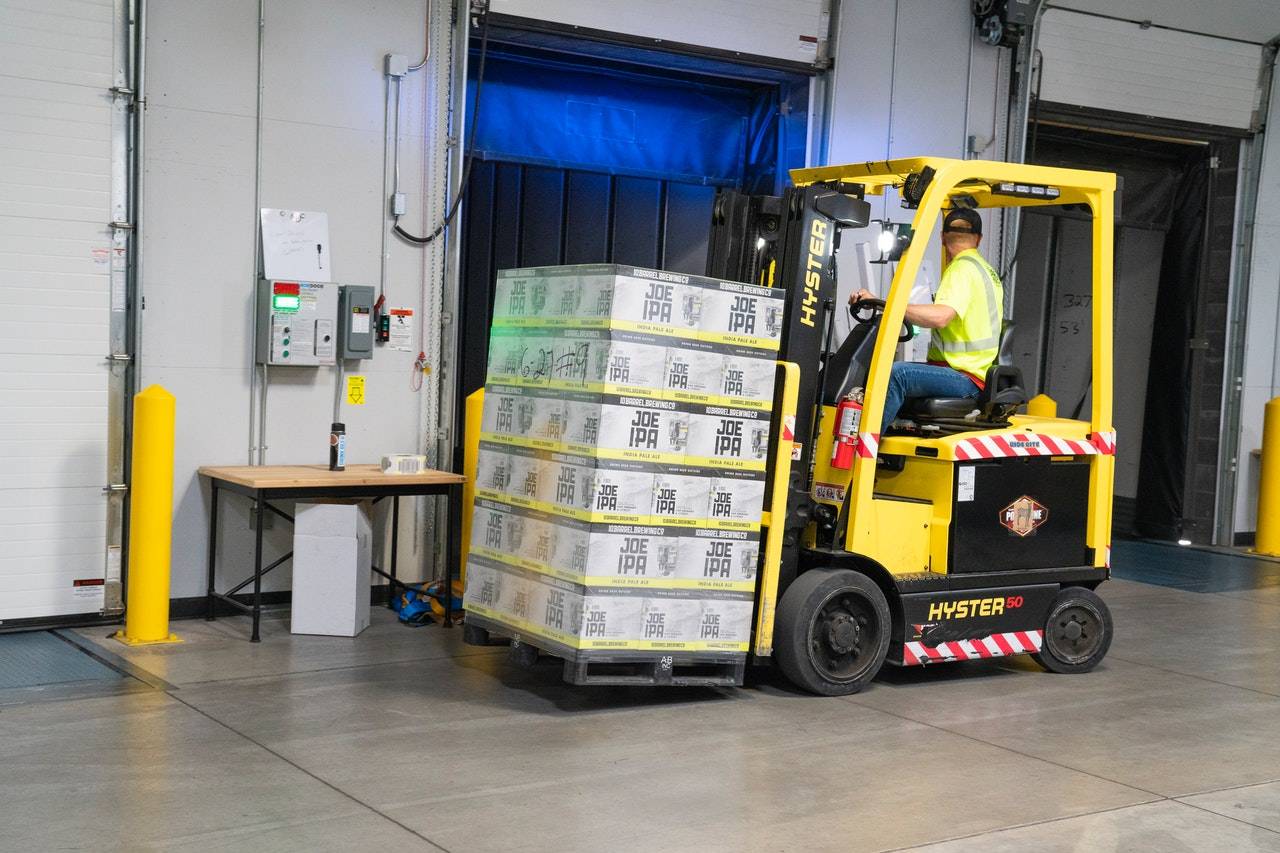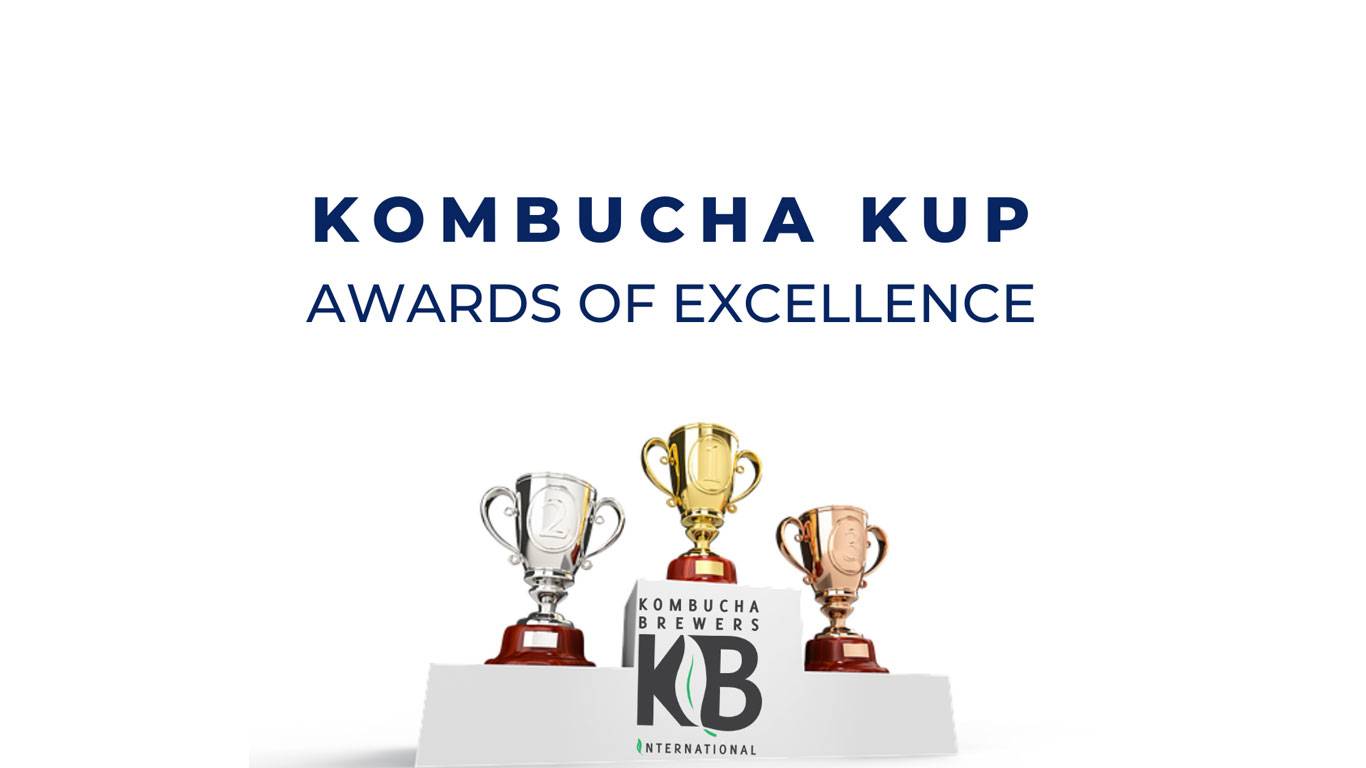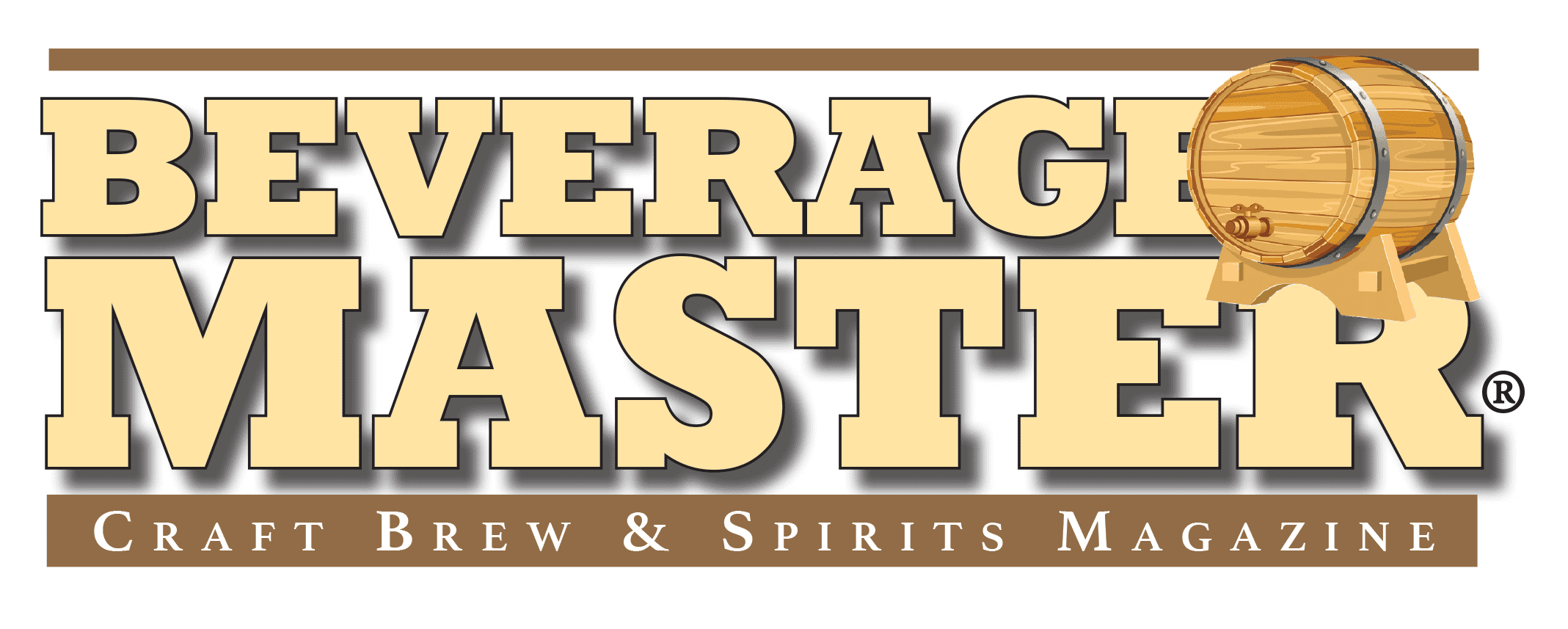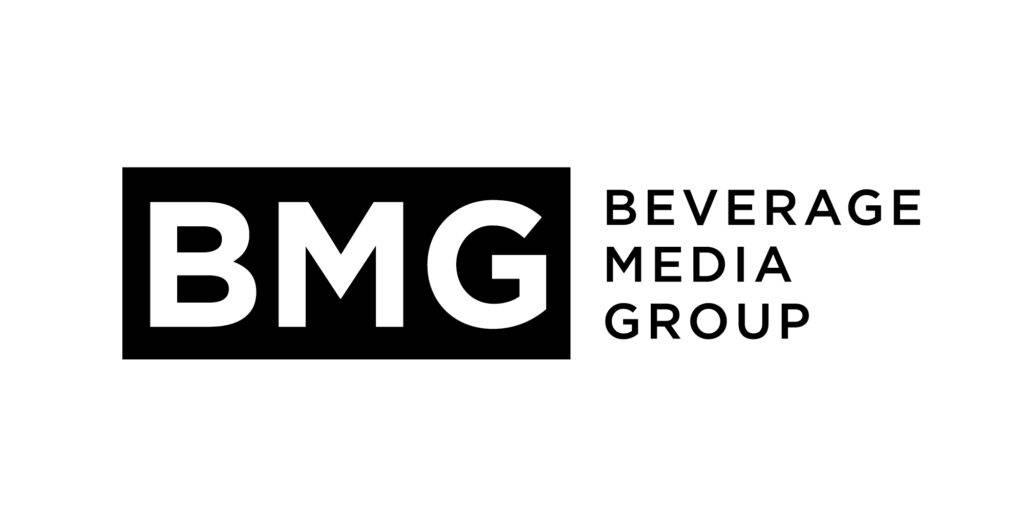When Prohibition was repealed in 1933, the Federal Government gave the states power over ensuring responsible alcohol distribution. A three-tier system was introduced where liquor suppliers were required to work with a middleman, also known as a distributor or wholesaler, who would then sell the products to retailers.
Overall, the system has worked. However, there are some things to consider before working with distributors. There are both benefits and drawbacks that you should address before jumping into a relationship with one.
Benefits
Distributors have contributed to the overall liquor and craft beverage industries. Liquor distributors introduce similar pricing to all retailers, which enables smaller liquor brands the ability to compete against the larger brands. The three-tier structure also provides tax transparency because a single organization is monitoring product shipments.
Drawbacks
However, there are issues with the system. First, the lack of consistency in alcohol distribution laws across states makes it challenging to get products to the largest audience possible audience. Distributors are in business, so they are not necessarily neutral. Instead, they will often opt to only work with the largest alcohol companies because it gives them consistent sales volume.
Wins for All
Despite the drawbacks of using a distributor, it’s a necessary partnership when it comes to alcoholic beverage sales. With the right distributor, the relationship can be a win-win. You, as the producer, get a retail presence and opportunities for growth. In return, the distributor adds another brand to its portfolio for its own potential expansion.
Considerations for Distributor Selection
In past blog posts, we have discussed some of the factors involved in distribution selection. However, there are many more to add to the list.
As you begin your search, consider each state’s distribution laws. Most states are “open,” which means that any company with a valid license to distribute alcohol can do so. Of the 50 states, 17 are “control” states, which means these states only permit the state itself and its authorized agents to distribute alcoholic products. There are some minimal differences to also further examine if you are looking at these states as part of your distribution plan.
Also, some states like New York allow self-distribution and direct sales. In contrast, states like California restrict the quantities that spirits suppliers can sell to visitors at their distilleries. Franchise laws are state laws that regulate brewer-wholesaler relationships. These also vary by state. Make sure you know state franchise laws because these are often more important than the contract terms you set with a distributor.
State taxes on the sale of alcoholic beverages also differ by state, including everything from fixed-rate per volume taxes to wholesale taxes that are calculated as a percentage of the product’s value of the product to many other types of state tax types. Get information through each state tax authority.
The next steps involve matching your geographical with the right distributor. Some liquor distributors also refer to themselves as “brand houses” with a certain specialty focus within that house. The larger brand houses distribute for the biggest alcohol companies and are selective about who they add. A few may serve regional companies while still others focus on boutique brands.
The type of alcohol you sell also plays a role in selecting a distributor. For example, wine and spirits distributors do not interact with retailers as frequently as beer distributors do. It’s important to verify if wholesalers have refrigeration abilities for storage and transport of certain beverage products.
Now that you know what to consider for your distributor search, our next post focuses on getting their attention so you can move forward with your distribution strategy.




















